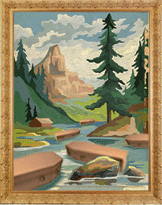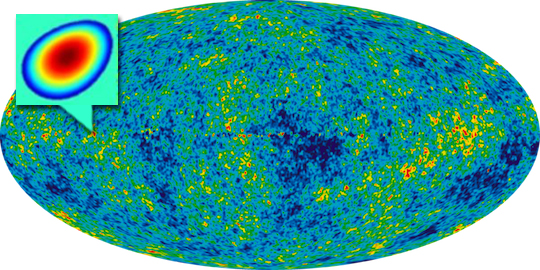Early observations at Lowell Observatory led to the theory of our expanding universe – and to thinking and envisioning beyond what can actually be observed and documented. Parallel universes and similar inventive concepts have fueled creative efforts in poetry, philosophy, science fiction and religion, while scientists have worked to prove some of the most bizarre speculations to be true. “Many Worlds” is a quantum theory that posits for each event that may result in multiple outcomes, the universe branches into separate universes in which each outcome becomes its own reality. An ever-increasing array of distinct universes co-exist, each one hidden from all the others. “Multiverse” is an all-encompassing cosmological theory also defining an infinite number of universes that exist simultaneously, kept separate by enormous “sheets” – thin membranes in space. Occasionally these cosmic sheets may come in contact, resulting in another “big bang,” the inception of a brand new universe.
One sub-theory of the multiverse, called “The Ultimate Ensemble,” is a speculative “theory of everything,” in which people, locations and events from one universe may blend with those in another. People do not die, but instead cease to exist in one universe when they relocate into another. |

